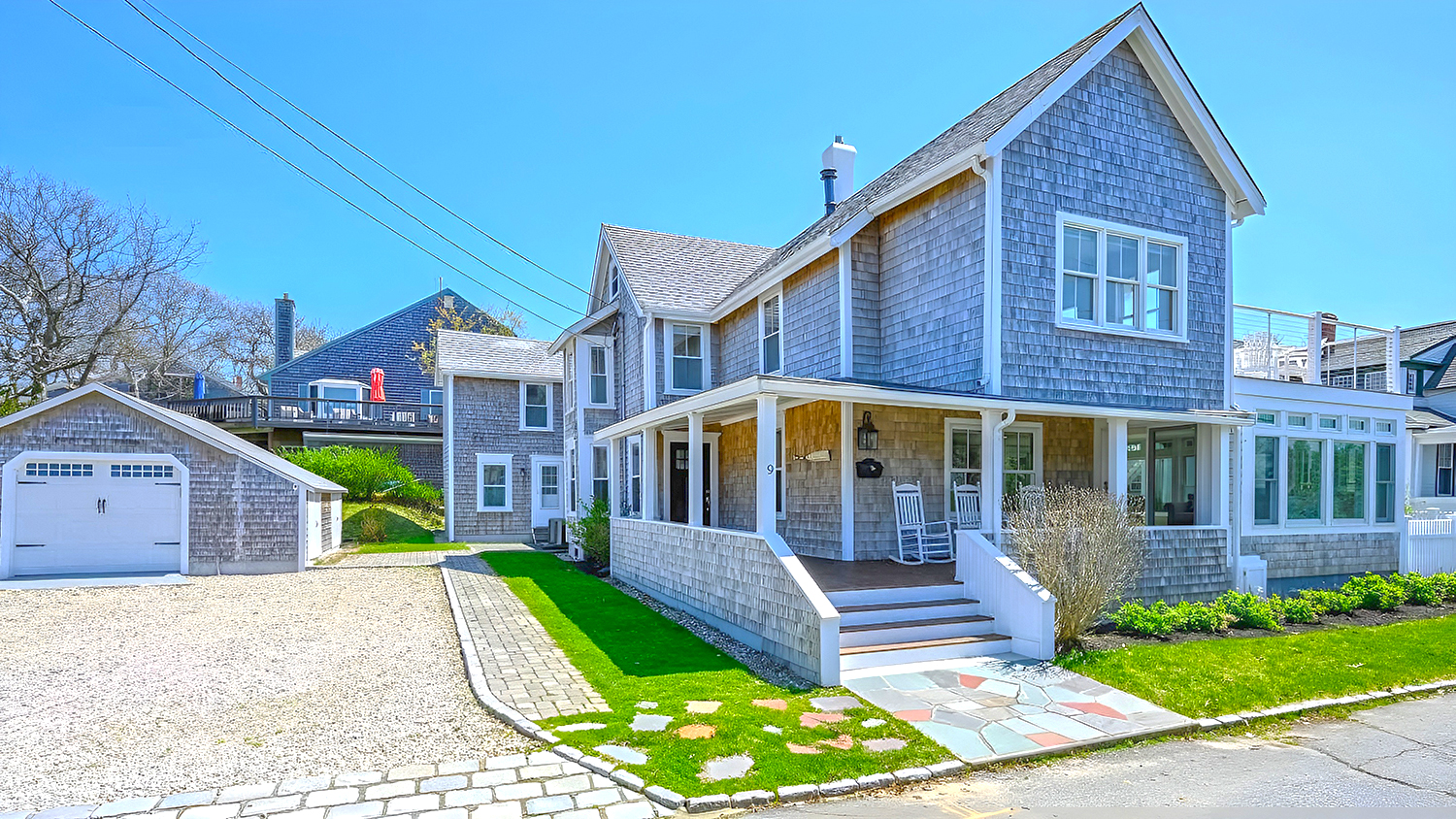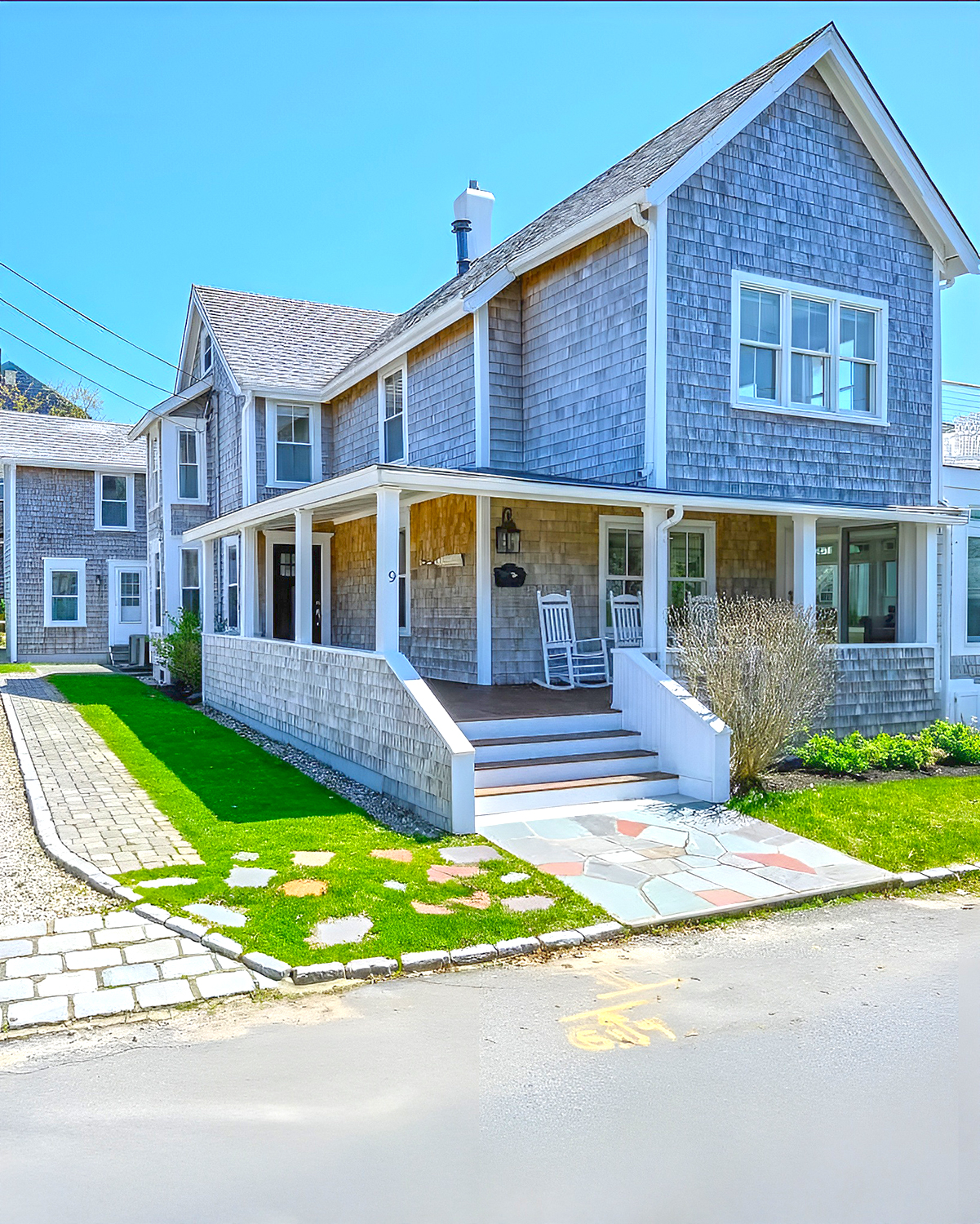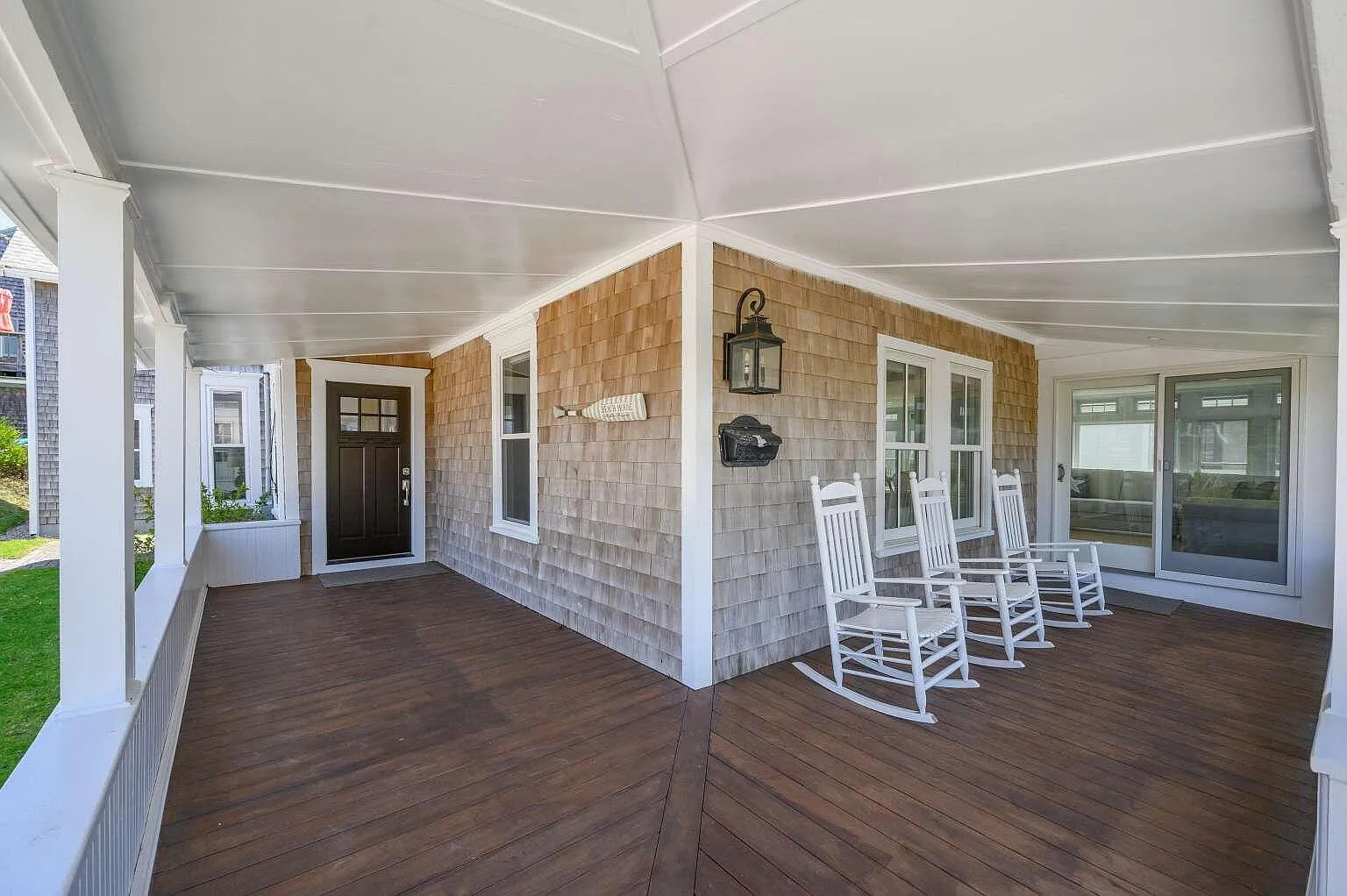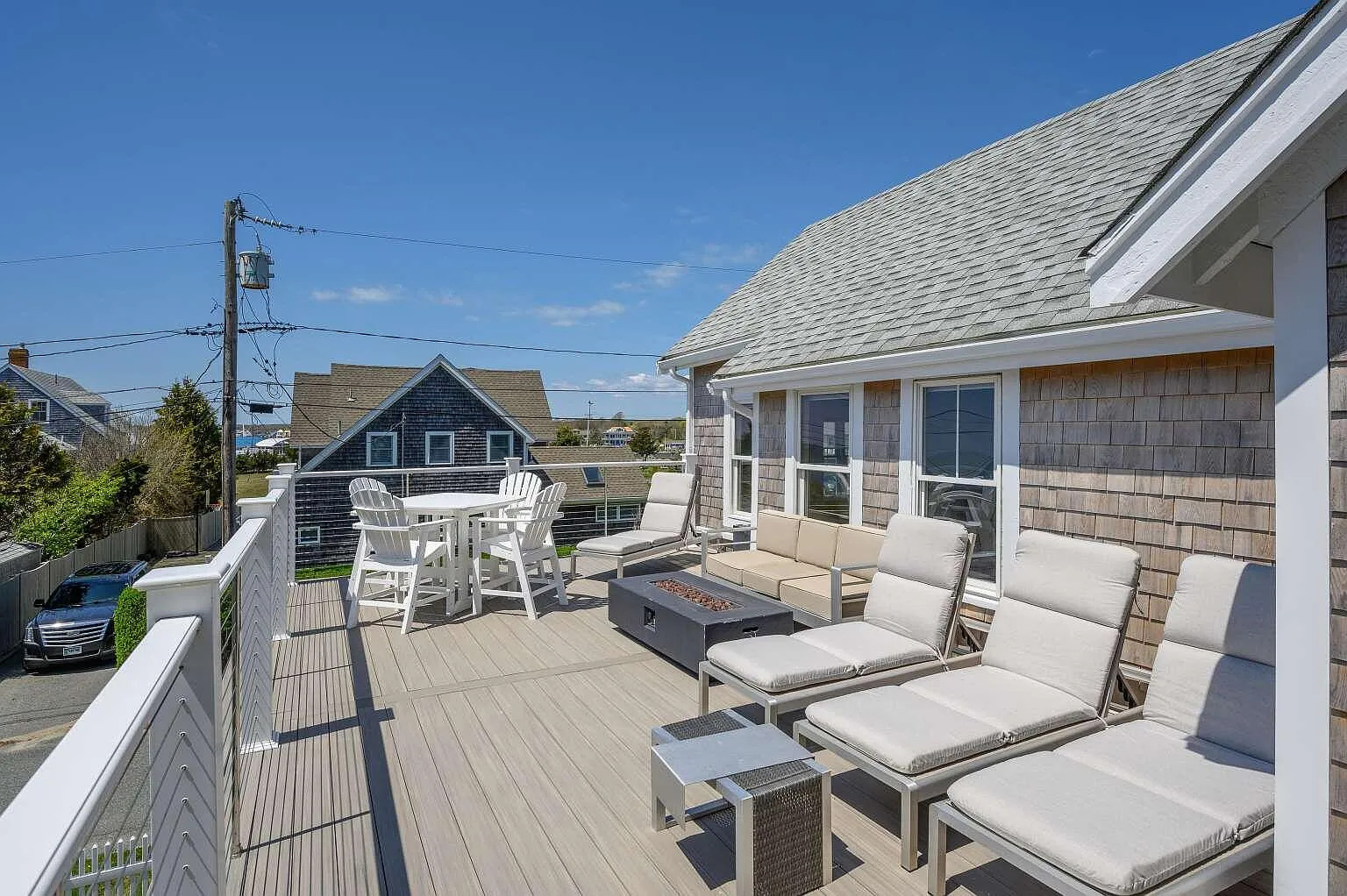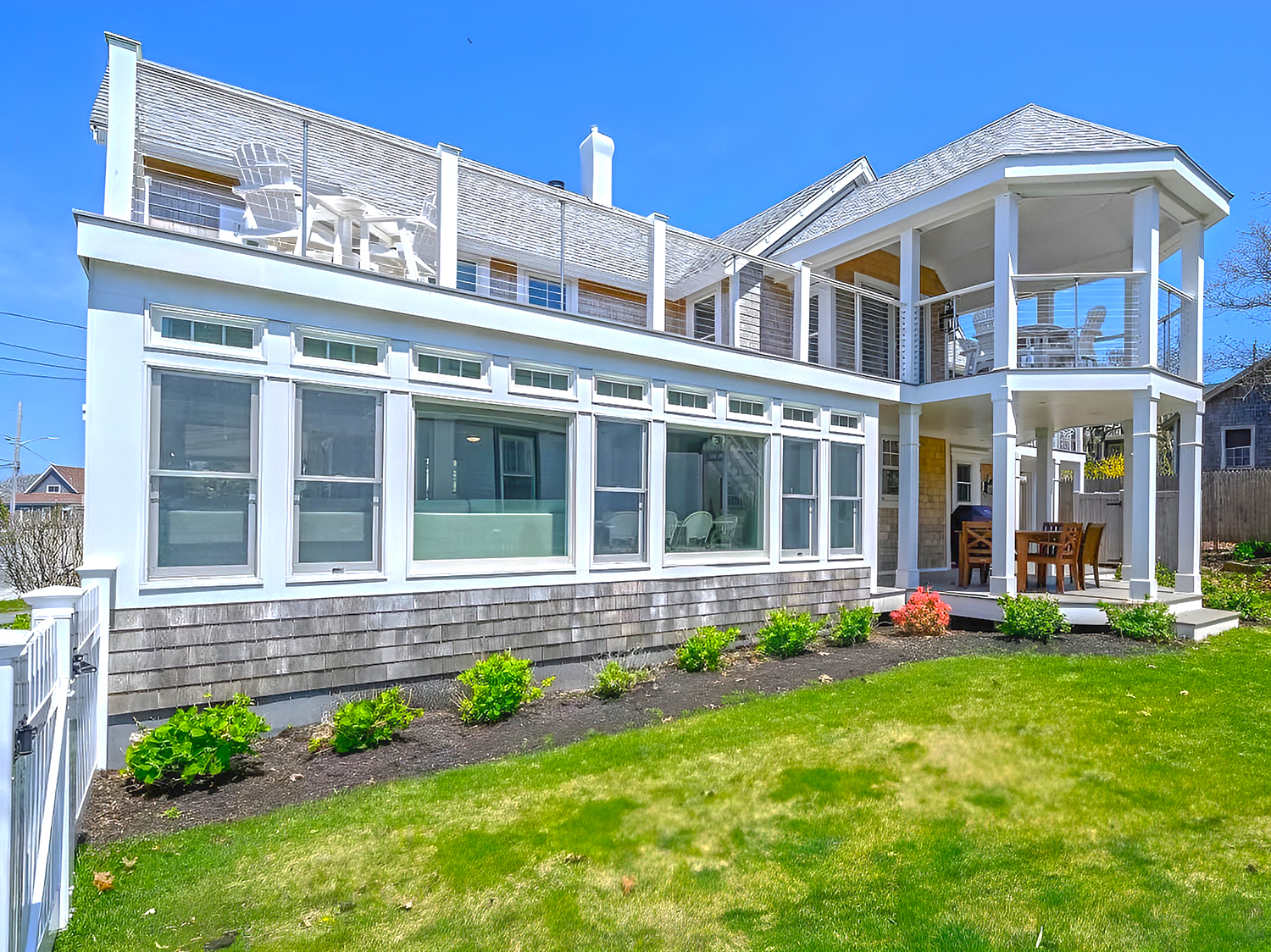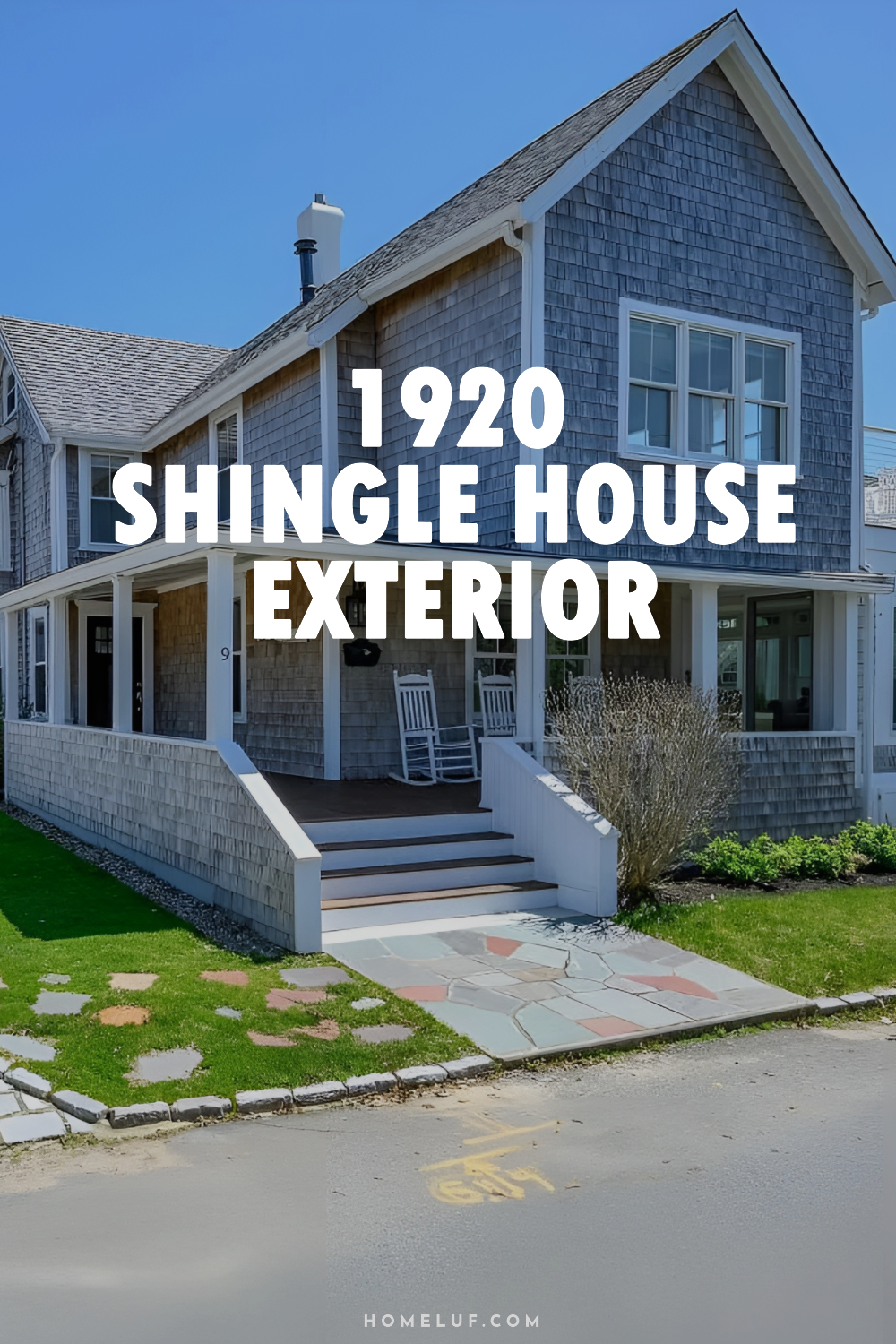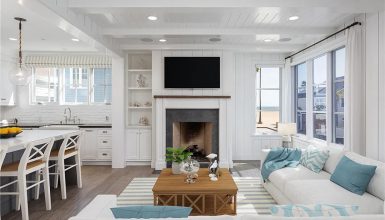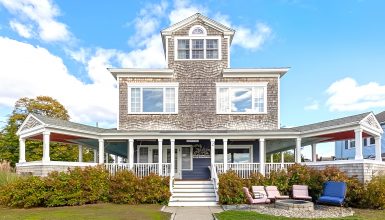What makes a house feel like it belongs by the sea? Why do some homes always seem to look classic, no matter the decade? What is it about shingle style exteriors that make you want to stop and take a closer look? If you have ever wondered about these things, you are not alone. Shingle style homes, especially those built in the 1920s, have a special charm that never fades. Let’s take a closer look at the exterior design of this 1920 shingle style home and see what makes it truly unforgettable.
1. Weathered Cedar Shingles
The first thing you will notice is the siding. The exterior is covered in wood shingles, set in even rows. Over the decades, these shingles have taken on a gentle silver-gray color. This weathered look is not just beautiful—it also helps the house blend with the landscape. Cedar shingles are durable and offer great insulation against coastal winds.
2. Simple, Strong Rooflines
Shingle style homes often feature a mix of steeply pitched gables and gently sloped roofs. Here, you see both—a tall front-facing gable and broad roof planes that shelter wide porches. The roof is finished with gray asphalt shingles that echo the color of the walls below.
3. Welcoming Porches
Who doesn’t love a porch where you can sit and watch the world go by? This home’s deep wrap-around porch is supported by sturdy square columns. It invites you to bring out a rocking chair and enjoy the shade on a sunny day. The porch is edged with low walls that offer privacy while keeping the space open and airy.
4. Charming Windows
Look closely at the windows. Shingle style homes often use double-hung windows, sometimes with divided panes in the upper sash. These windows let in lots of natural light. The simple white trim stands out against the soft gray shingles, adding crisp lines without being too bold.
5. Dormers and Bay Windows
Upstairs, you might notice dormer windows and even the occasional bay. Dormers add space and light to the upper rooms, while their roofs echo the main roof’s shape. Bays create cozy window seats and interesting shadows on the facade.
6. Multiple Outdoor Living Spaces
Homes from the 1920s often make the most of outdoor space. Here, there’s a sun deck above the porch, perfect for sunbathing or gathering with friends. The ground floor features patios, garden seating, and easy access to the yard. These connected spaces create a sense of flow between inside and out.
7. Low Stone or Brick Foundations
Look at the base of the house. Many 1920s shingle homes rest on low, solid foundations. Sometimes these are made of stone or brick, adding texture and stability. Here, the foundation is practical, but also visually appealing, tying the house to the earth.
Timeless Color and Curb Appeal
Why does this house look so good from the street? It comes down to color and proportion. The gray of the weathered shingles is soft and restful. The crisp white trim pops just enough. The gentle slopes of the roof draw your eye up, while the broad porch grounds the design.
Landscaping is neat and simple. Low shrubs, a green lawn, and a few small trees soften the edges of the house. There’s even a gravel drive and a small path leading to the porch, making the entry feel friendly and welcoming.

